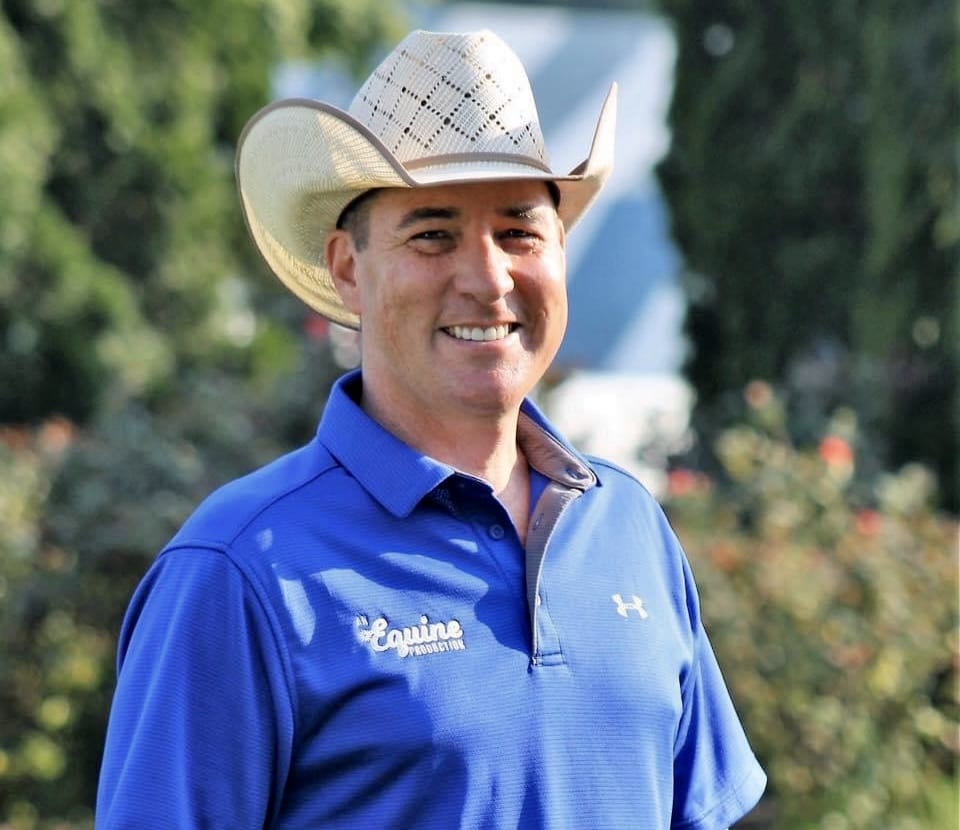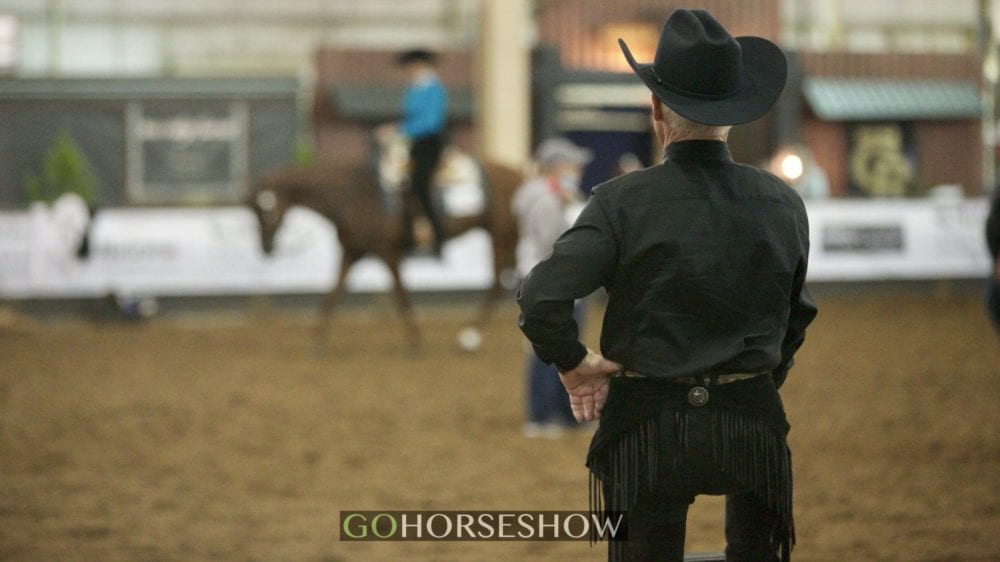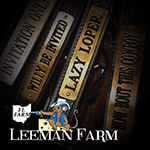Championships are won at practice. Every equestrian’s dream is to succeed, hold up that trophy, and earn that prize money. However, often times, a complicated pattern can stand in the rider’s way of their dreams – a mile-long pattern that seems to twist you and your horse every which way with no remorse, and whoever comes out with the cleanest pattern is declared the victor. Simple, right?
But how can you remember these impossible patterns?
GoHorseShow had the pleasure of speaking with two collegiate level equestrian instructors who have made a living helping their students mentally prepare for success in the show pen.
We talked to Carla Wennberg, the Saint Andrews University IHSA coach, who has over 30 years of Judging experience, and David Denniston from Colorado State University, a multi-carded judge who also started HorseShowPatterns.com.
Both shared their tips and tricks on how they have helped their students mentally remember and prepare for their patterns.
Go Through Patterns on Foot
 Wennberg stressed that the first thing she has her students do is practice their foot patterns. “I have them position their bodies as if they were showing to get them into the right mindset.”
Wennberg stressed that the first thing she has her students do is practice their foot patterns. “I have them position their bodies as if they were showing to get them into the right mindset.”
By walking through patterns, riders can visualize their maneuvers before actually conducting them, which may give them an edge on the competition. “There may be two equal horses, but the rider more mentally prepared is going to have a better ride.”
Talk Through Your Pattern
In addition to having her students walk through patterns, Wennberg has them verbalize their maneuvers as well. “I instruct my students to mimic their pattern maneuvers and have them say it back to me,” said Wennberg.
Talking through your patterns can help you, as a rider, create a plan. “I can tell what type of rider they are by how they recite their patterns. If they mentally have a plan, they tend to do better than those who do not.”
Study Your Arena Beforehand
Planning your pattern placement in your home arena is one thing. Planning it at the arena you are showing in, is another. Carla advised, “I have my students show up early to a host arena and start planning their pattern placement. That way, they can familiarize themselves before they step into the pen.”
So, no matter what arena you go to, this exercise will help you feel confident in your abilities to lay down a good pattern – even at an arena you have never shown in before. “I have found this exercise works extremely well. I see my riders become more confident, which translates to their riding,” Wennberg added.
Envision the Perfect Ride
 Taking a minute to regroup before you walk into a pen is a strategy that many equestrians use when competing. Denniston takes it a step further. “I encouraged my youth and amateur exhibitors to take a few moments before a big class to sit, close their eyes, and envision the perfect ride.”
Taking a minute to regroup before you walk into a pen is a strategy that many equestrians use when competing. Denniston takes it a step further. “I encouraged my youth and amateur exhibitors to take a few moments before a big class to sit, close their eyes, and envision the perfect ride.”
Envisioning the perfect ride allows the rider to calm their mind, no matter what pattern may lie in front of them. “Whether it’s a pattern class or a rail class, I think it’s important to take a moment and envision what the best ride that day could look like. Often, this will help lead to the result that the exhibitor wants to achieve that day,” Denniston said. Walking in with a positive frame of mind may result in walking out with a positive run.
Find What Works For You
Equestrians can spend hours looking up tips and tricks, but you must find what works for you at the end of the day. Denniston reflected on previous experience, “As an educator for the past 25 years, I have learned that all people have different learning styles. Some can look at a pattern and remember it. Others cannot, and it helps those with visual learning styles to physically perform the pattern themselves. The key is determining how people learn and adapt to their various learning styles.”
Holding that trophy, paycheck, or plaque after a win is a feeling like no other. Everything seems to come together to create that perfect moment. You conquered the pattern, spectators cheer you on from the stands, and you feel on top of the world. But those fans do not see the hours of talking and walking through patterns, studying the arena, and envisioning the perfect ride just moments before. They do not know you walked into the pen already a champion from your preparation.








